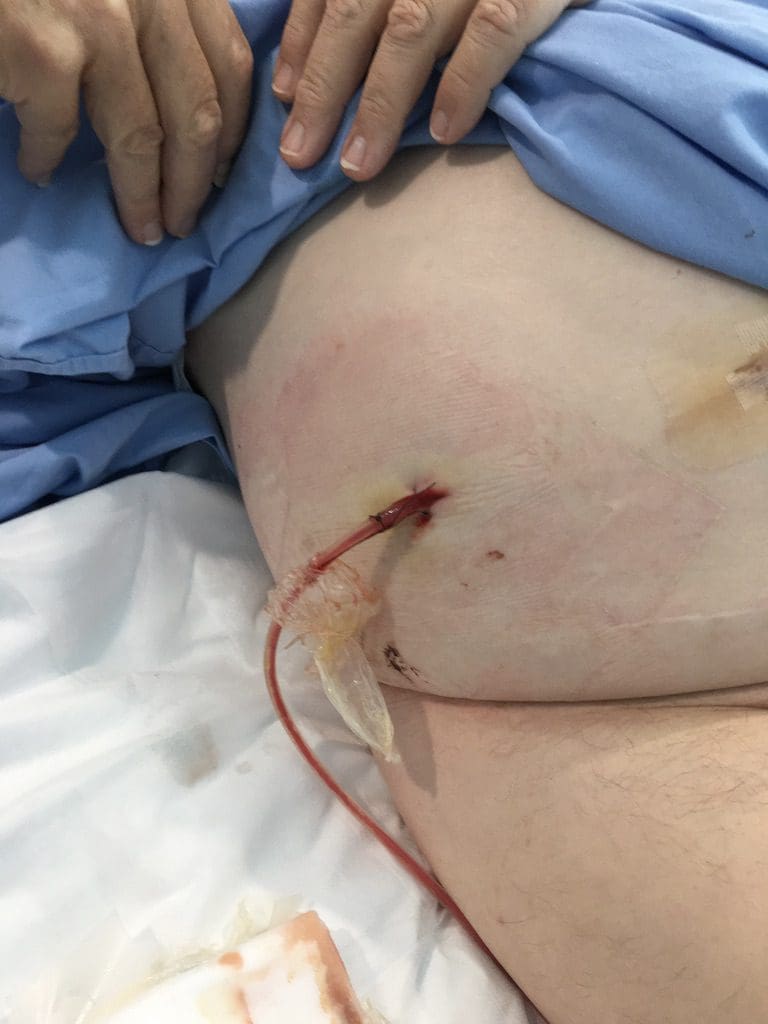Cancerous Prostate update
14 Dec 2019. Very good news today. I got the pathology results from the surgery three weeks ago – all clear and a very good prognosis. The pathology shows that my prostate contained several cancers with the one in the top being the most aggressive and although that one had escaped the top of the prostate, it had done so by only 0.1 mm. All of the cancerous tissue was removed along with a few lymph nodes. None of the lymph nodes had any malignant cancers. The two main cancerous tumours had Gleason scores of 4+4=8 and 4+3=7. My Pathological Stage was pT3a – which is bad, because it had escaped. Two resources for info on this scoring: CancerNet and CancerStaging. The good news is that although all that was bad aggressive malignant cancers, surgeon James Symons got it all.
What happens next. PSA tests – initially every 3 months, then 6 monthly, then yearly. No need for radiation or chemo – just PSA tests to see is the cancer really is all gone. I am to gradually return to a normal life over the next three weeks. That will mean walking – gradually increasing to 4km and then more. Until then, no lifting of weights heavier that 2 kg (ie, a 2 litre milk bottle) – to avoid rupture and ripping the bladder/penis join apart.
Backing up a bit. After getting the catheter out, I was completely continent after 4 days. James said that is normal for his patients. (The physio here had not seen such a quick return to continence before. That shows a significant difference between surgeons and technique.) I am still giving myself the Clexane shots to avoid DVT, and by my choice I still have the TED stockings on. I can leave those off as soon as I want. I’ve been walking a few times a week, gradually building up to 3km as of last Thursday and 3.4km today. I am still having to sleep in a reclining chair because sleeping on my side in bed is a little painful. I’m still a bit weak.
The trickiest bit has been loss of cognitive function from the anesthetic. I play a violin and we have been getting ready for our Xmas concert that we held on Thursday. Initially after the operation, I would look at the notes in a bar and not know what to do to play them. My playing speed declined to a crawl. Then over the last week, it all gradually came back. Now, up to speed again as my liver finally processed the anesthetic.
Sitting is still not all that comfortable. It will be quite a few weeks before I am riding my bike again. Oooh.
I’ve written these two blogs mainly to encourage blokes to have tests. I have been really suspicious of PSA tests because of the huge number of false positive results. However, it looks as though good GPs know how to deal with those potential scares and give good advice about what to do and when to act.
Have the damn tests!!!








